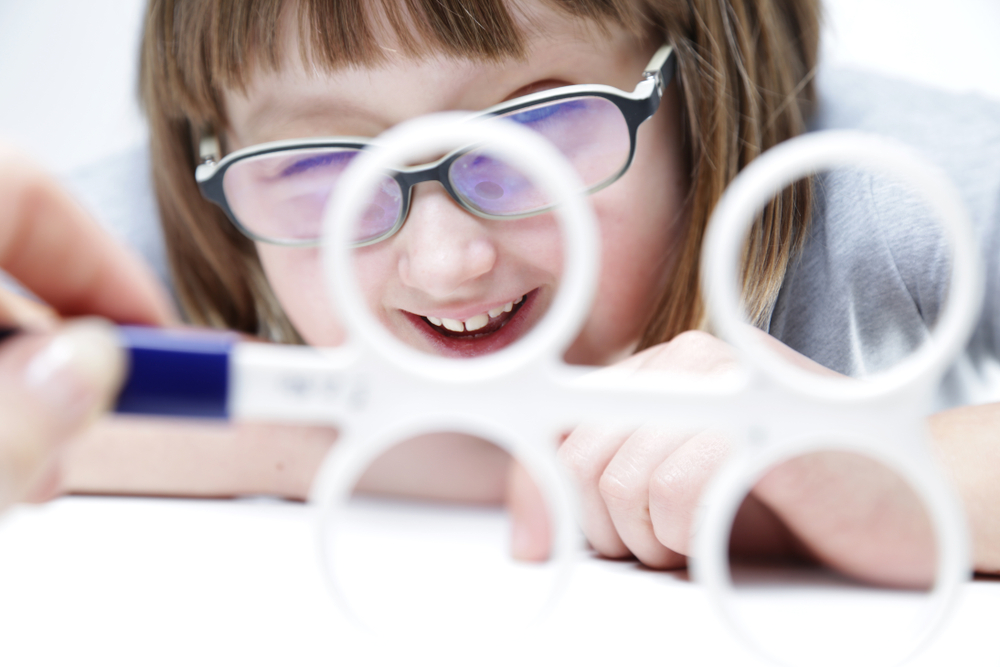
When most people think about vision, they imagine simply being able to see clearly. But vision is much more than just 20/20 eyesight. Our eyes and brain work together as a complex system, interpreting the world and making sense of what we see. For children, this eye-brain connection plays a critical role in how they learn, read, and process information. When vision problems go undetected, they can impact learning, attention, and even behavior.
How Vision and the Brain Work Together
Vision is an active process that begins with the eyes, but it is the brain that interprets visual signals and forms meaningful images. When a child looks at a page of text or a whiteboard in class, the eyes capture the image and send it through the optic nerve to the brain for processing. If any part of this system isn't working properly, a child may struggle with tasks like reading, writing, or focusing in the classroom.
Common Eye Conditions
Several eye conditions can affect how children learn and interact with their environment. Some of the most common include:
Refractive Errors: These include nearsightedness (myopia), farsightedness (hyperopia), and astigmatism. If not corrected, refractive errors can cause blurred vision, making it hard for children to read or see the board.
Amblyopia (Lazy Eye): Amblyopia occurs when one eye is weaker than the other. The brain favors the stronger eye, leading to poor vision development in the weaker eye. This can impact depth perception and hand-eye coordination.
Strabismus (Crossed Eyes): Strabismus is when the eyes are misaligned and do not work together. This can lead to double vision or suppression of one eye’s image, affecting learning and spatial awareness.
Convergence Insufficiency: This condition makes it difficult for the eyes to work together when focusing on nearby objects, such as a book. Children may experience headaches, eyestrain, or lose their place while reading.
Visual Processing Disorders: Even if a child can see clearly, problems with how the brain processes visual information can affect reading comprehension, attention, and the ability to recognize patterns or symbols.
Why Regular Pediatric Eye Exams Are Essential
Many vision problems in children are subtle and may go unnoticed during routine pediatrician visits or school screenings. Children often assume their vision is normal because they have no basis for comparison. This is why comprehensive pediatric eye exams are so important.
A thorough eye exam with an optometrist can detect issues early - often before they start to affect school performance. Early detection and treatment can prevent long-term problems and support a child’s learning, confidence, and overall development.
Schedule a Pediatric Eye Exam in Holly Springs
Vision plays a foundational role in a child’s ability to learn and process information. When vision problems go undetected, they can create obstacles in the classroom and impact overall cognitive development. Regular pediatric eye exams help identify and address these issues early, supporting your child’s growth, confidence, and academic potential.
Schedule a comprehensive eye exam at Clarity Vision and give your child the tools they need to thrive in and out of the classroom. Visit our office in Holly Springs, North Carolina, or call (919) 646-2900 to book an appointment today.
















